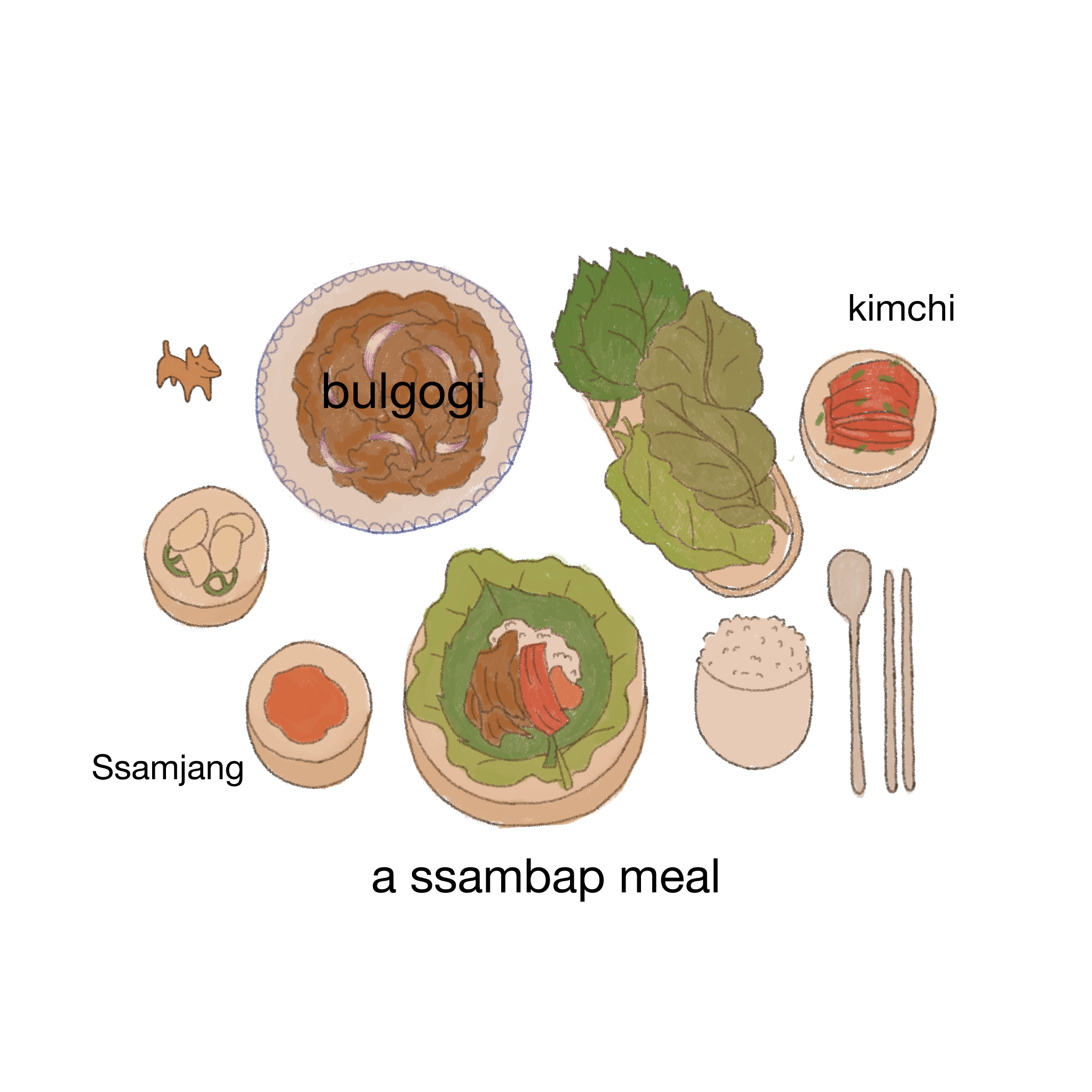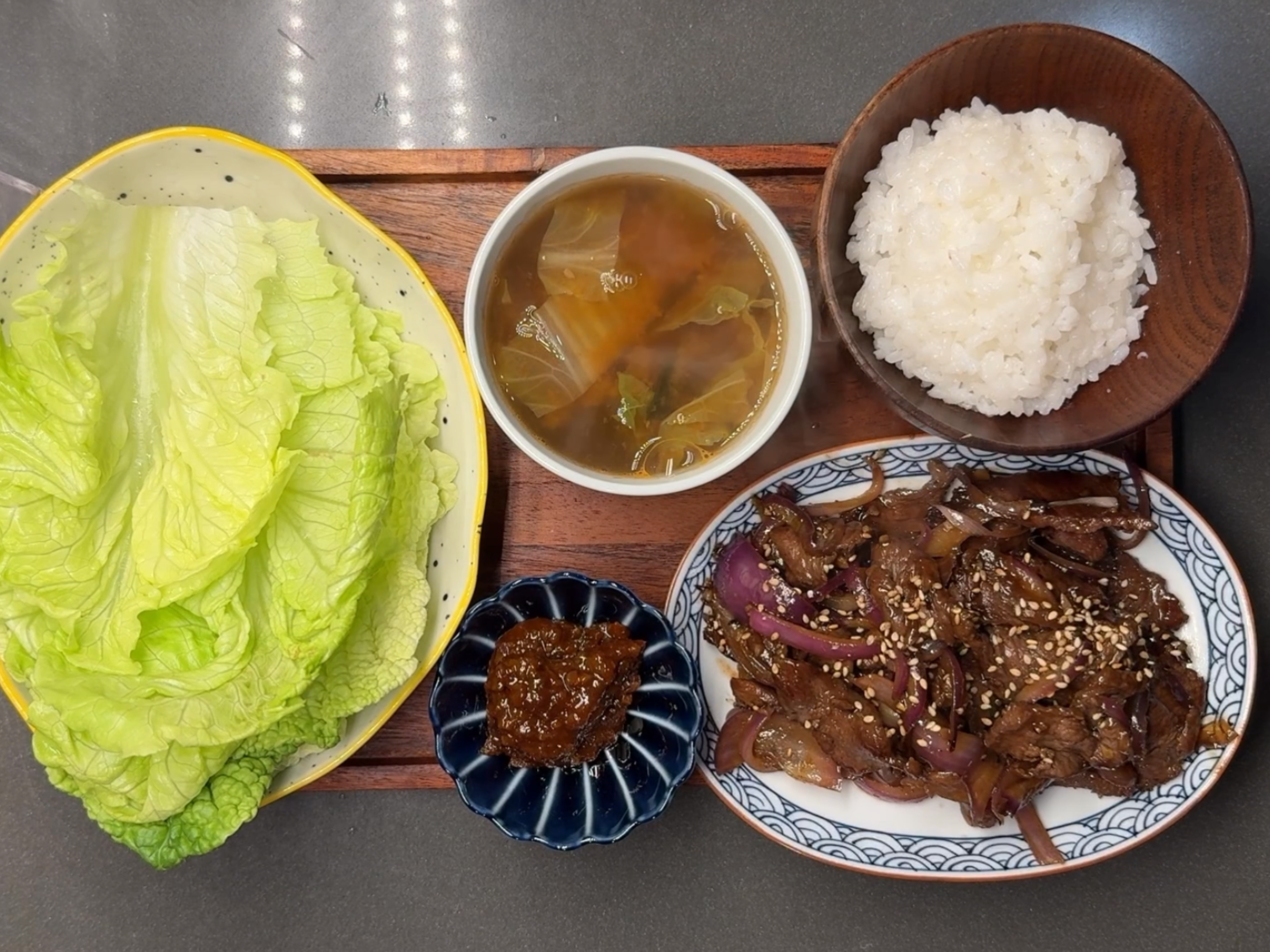May
Happy May! May is a month of various celebrations, especially focused on appreciating and thanking the people around us. South Korea had dedicated days celebrated nation wide for the following:
5/5 Children’s Day: South Korea’s Children’s day is an official holiday where everyone gets the day off. It’s a day to appreciate and celebrate children, so that the Korean society can encourage a healthy and loving environment for children. On this day, children are given gifts and parents take them out to amusement parks, etc.
You might wonder why South Korea decided to emphasize Children’s day so much so that they assigned it an official holiday. This day came about when a children’s’ rights activist Bang Jeonghwan fought for a shift in the view of children in Korean society. prior to his works, the proper word for “children” or “child” did not even exist in Korea. Instead, children were referred as somewhat derogatory terms equivalent to “kiddo” or “punk” and other slangs. There were also no laws protecting children, requiring their education or proper care, and children were often treated poorly, disrespected, and even exploited as laborers. Needless to say, this only exacerbated during the Japenese invasion. In the 1920s, Bang Jeonghwan began to advocate for childrens’ rights and coined the term “uhrinee” that gave the official word for “child” or “young person.” Bang Jeonghwan relentlessly worked towards his vision to establish respect, protection, and love for children. He rallied an organization for children’s rights, called for a day to celebrate children, published a magazine called “uhrinee” and distributed flyers that said “children are our future” or even “let us not curse, hit, or exploit children.” Bang Jeonghwan’s movement and the celebration of Children’s day started to gain traction and support, until it was temporarily shut down by the Japanese in 1939. The holiday continued after liberation (1945), and on May 5th of 1946, the first official Children’s day event was held. This is where the heart-wrenching poem was read out loud by four children, that “…we were made mute and homeless by the Japanese. But we swear today that we will reclaim our home and our language…we will never forget that we are the children of Korea.” And ever since May 5th has been celebrated as a national holiday.
[maddy’s note]… I went down quite the rabbit hole here, but I actually had no idea about this history behind Children’s day until I started researching it. I’m a bit shocked and in awe that an enormous change in perception and ethics of an entire nation came from just one person’s persistent work towards change. I grew up celebrating, or being celebrated on Children’s day but had no idea it signified an incredible progress from the past.
5/8 Parents’ Day This is the day we call our parents and grandparents and send them gifts. It’s like Mother’s day and Father’s day in one day. Although not an official holiday, it’s a day that all of South Korea celebrates to honor our parents. It’s custom to gift the carnation flower to our parents as a sign of thanks and respect (this custom originated in the US)
5/15 Teacher’s Day Traditionally (although not so much in the modern day, unfortunately), teachers were given the utmost respect in Korea. The date 5/15 came from King Sejong’s birthday, since he was considered the ultimate teacher of Korea who invented hangeul, the Korean written language.
5/20 Coming of Age Day every third Monday of May, is the day that South Koreans celebrate people who officially turn 19 that year. It was established as a day to remind the new adults their responsibility as a part of the society, and to congratulate their step into the real world.
ssambap meal
Ingredients
Bulgogi:
1/2 lb steak, thinly sliced (I used flatiron steak)
1 tsp sugar
1 Tbsp soysauce
1 tsp minced garlic
1 tsp honey
1 Tbsp sesame oil
black pepperSoup:
2 cups water
2 dried anchovies,
2 Tbsp doenjang,
handful of chopped Napa cabbage,
1 tsp gochugaru
1 tsp fish sauce (to taste)
Use already thin-sliced steak, or slice your steak into thin pieces
in a heated oiled pan, stir fry the steak with a teaspoon of sugar for 2 minutes
add: 1 Tbsp soysauce, 1 tsp minced garlic, 1 tsp honey, 1 Tbsp sesame oil, black pepper to the pan and stir fry the beef. add sliced onions, stir fry until softened.
On the side, bring to a boil 2 cups of water, 2 dried anchovies, 2 Tbsp Doenjang, 1 tsp gochugaru, and 1 tsp of fish sauce.
Once the soup boils, add the handful of chopped napa cabbage. This is a very simple version of the Doenjang Jjigae that I like to make on lazy days, as a soup to sip on
Set up the table for Ssam bap
Greens: Use napa cabbage, steamed loose leaves of green cabbage, perilla leaves, red cabbage.. anything you’d like.
Prepare a warm bowl of rice
A side of kimchi is a must
Small dish of Ssamjang
bowl of the Doenjang soup
and a plate of the easy bulgogi.
Wrap a spoonful of rice, some bulgogi, kimchi, and ssamjang together in a lettuce wrap (or half of a lettuce leaf) and enjoy all in one bite!


